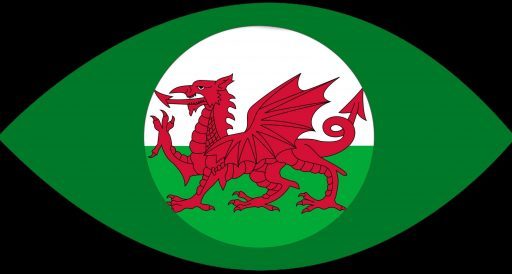Red Squirrels
In the lush woodlands and picturesque landscapes of Wales, the red squirrel (Sciurus vulgaris) stands as a symbol of resilience and natural beauty. Though facing challenges from habitat loss and competition with non-native species, the red squirrel population in Wales continues to captivate both locals and visitors. In this article, we will delve into the world of red squirrels in Wales, exploring their unique presence, the threats they face, and the conservation efforts aimed at preserving these charming creatures.
Distribution and Habitat:
Red squirrels have made their homes in various habitats across Wales, from dense coniferous forests to mixed woodlands and urban green spaces. Their adaptability and resourcefulness allow them to thrive in diverse environments, where they construct nests, or dreys, in the tree canopies using twigs, leaves, and moss.
While red squirrels can be found throughout Wales, certain regions, such as Anglesey and parts of Snowdonia, are particularly known for their vibrant red squirrel populations. These areas provide a mix of suitable habitats, offering the squirrels ample opportunities to forage, nest, and thrive.
Challenges Facing Red Squirrels in Wales:
Despite their charm and resilience, red squirrels in Wales face several challenges that threaten their populations. One of the primary concerns is competition with the introduced gray squirrel, which carries the squirrelpox virus. While the gray squirrel may not succumb to the virus, it is lethal to red squirrels, leading to declines in their numbers.
Habitat loss due to urbanization and deforestation further exacerbates the challenges faced by red squirrels. Fragmentation of woodlands can limit their ability to find suitable nesting sites and food sources, pushing them into smaller, isolated habitats.
Conservation Efforts:
Conservation initiatives in Wales are actively addressing the threats faced by red squirrels, aiming to ensure their survival and promote healthy woodland ecosystems. These efforts often involve a combination of habitat preservation, disease monitoring, and community engagement.
- Habitat Preservation: Protecting and restoring woodland habitats is crucial for red squirrel conservation. Initiatives involve planting native trees, maintaining connectivity between woodlands, and creating suitable conditions for red squirrels to thrive.
- Disease Monitoring: Vigilant monitoring for disease outbreaks, especially the squirrelpox virus, is essential. Early detection allows for rapid response measures to prevent the spread of the virus and protect red squirrel populations.
- Community Engagement: Raising awareness within local communities is a vital aspect of red squirrel conservation. Educational programs, wildlife-friendly practices, and community-led efforts contribute to a greater understanding of the importance of preserving these charismatic creatures.
- Invasive Species Management: Managing the impact of invasive species, particularly the gray squirrel, is crucial for red squirrel conservation. Control measures aim to reduce the competition for resources and minimize the spread of disease.
Encouragingly, there has been a resurgence of interest in red squirrel conservation, with communities, conservation organizations, and volunteers actively participating in initiatives to protect these iconic creatures.
Conclusion:
Red squirrels in Wales embody the spirit of the woodlands, adding a touch of natural wonder to the Welsh landscape. As we navigate the challenges posed by habitat loss and invasive species, the conservation efforts underway stand as a testament to the commitment of communities and organizations to safeguard these delightful creatures. Through ongoing initiatives, education, and a shared appreciation for the beauty of Wales’ woodlands, we can ensure that red squirrels continue to thrive, enchanting future generations with their presence in the Welsh countryside.


